Big cats, including tigers, lions, leopards, and cheetahs, are among the world’s most iconic and mesmerizing creatures. Despite their cultural significance and role in biodiversity, they face an alarming decline in their numbers. This silent crisis requires urgent attention and informed action to ensure these majestic animals continue to roam the planet.
Understanding the Habitat Loss
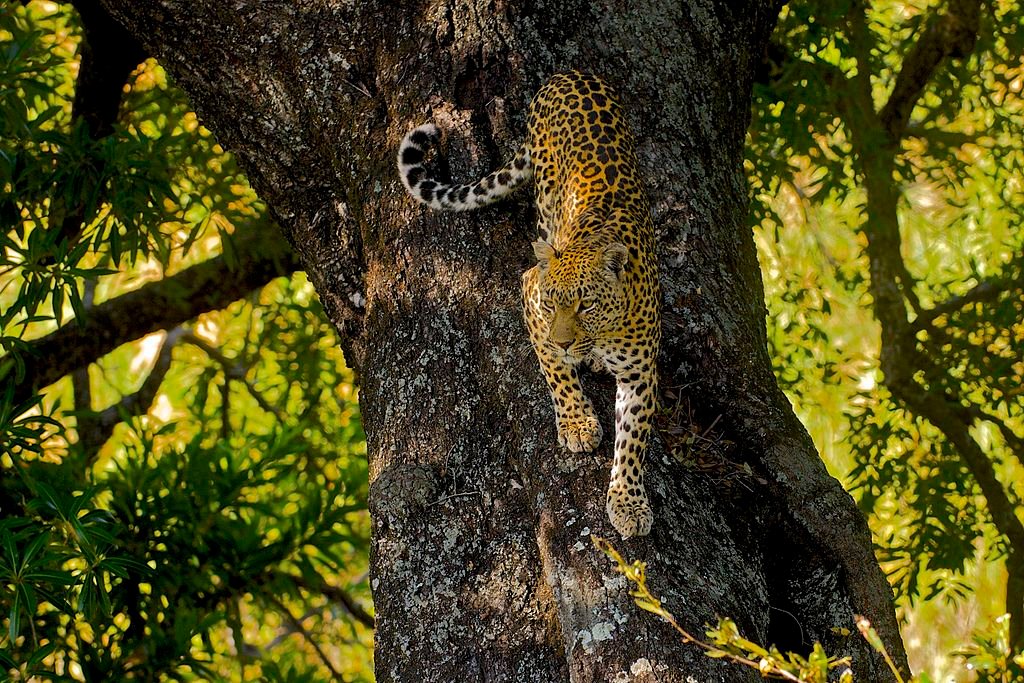
The primary threat facing big cats today is habitat loss. With expanding urban areas and agricultural lands, the natural habitats of these creatures are being destroyed at an unprecedented rate. As forests shrink and prey becomes scarce, big cats lose essential environments to hunt, breed, and thrive. The shrinking habitats lead to increased human-wildlife conflict, further endangering these animals.
Impact of Climate Change

Climate change is another significant factor contributing to the decline of big cat populations. Changing weather patterns disrupt the delicate balance of ecosystems, leading to habitat degradation and prey scarcity. For instance, rising temperatures and altered rainfall patterns affect the availability of water and food resources, pushing big cats to the brink of survival.
Poaching and Illegal Wildlife Trade
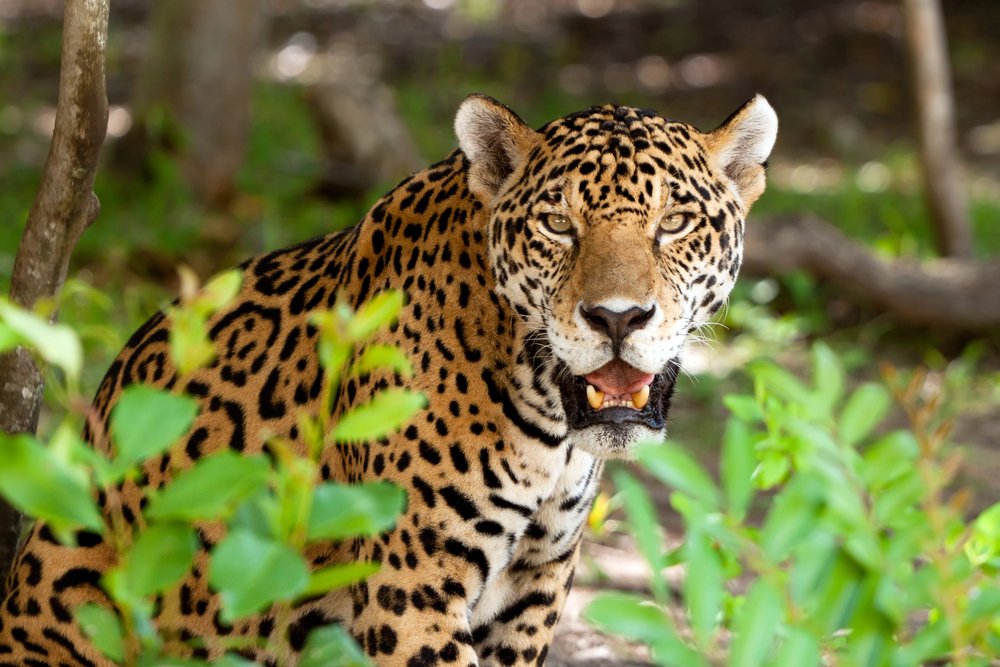
Poaching remains a critical threat to big cats, driven by the demand for their pelts, bones, and other body parts. Despite international bans, poachers continue to exploit these animals, with organized crime syndicates fueling the illegal wildlife trade. These activities not only decimate populations but also threaten the stability of entire ecosystems.
Human-Wildlife Conflict

As human populations grow, big cats and humans increasingly come into contact, leading to conflict. Farmers may kill predators to protect livestock, while communities near forests face threats to safety and livelihood. These conflicts often result in retaliatory killings of big cats, further dwindling their numbers.
Conservation Efforts Successes and Challenges

Various initiatives are underway to protect big cats, with mixed results. Conservation programs have seen local successes, such as increased tiger populations in India due to government and NGO efforts. However, global challenges, such as funding shortages and bureaucratic hurdles, limit their broader impact.
The Role of Technology in Conservation

Advancements in technology offer new avenues for big cat conservation. Drones, camera traps, and GPS collars enhance tracking and monitoring of these elusive creatures, providing valuable data for conservationists. Additionally, artificial intelligence and machine learning help analyze patterns and predict potential threats, aiding in proactive conservation strategies.
Community Involvement A Key to Success
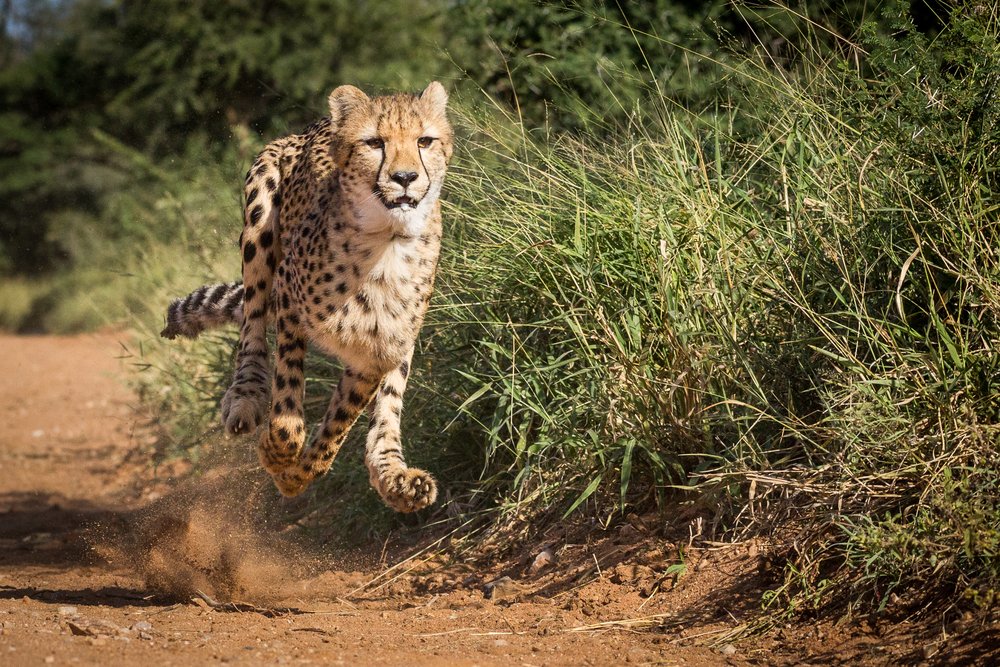
Engaging local communities is crucial for successful conservation. Education and awareness programs can transform perceptions, encouraging coexistence and stewardship. By involving communities in decision-making processes and offering sustainable livelihood alternatives, conservation efforts can gain the grassroots support needed for long-term success.
Policy and Legislation
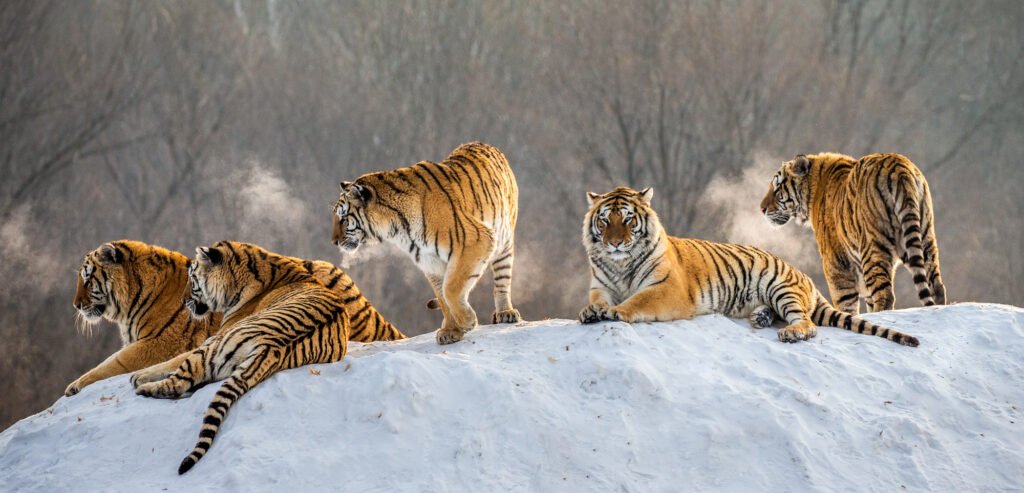
Strong policies and stringent legislation are vital to protect big cats from human threats. Nations need to enforce existing wildlife protection laws and collaborate on international agreements to curb poaching and illegal trade. Political will and international cooperation are essential for creating an environment where big cats can thrive.
What We Can Do Individual Actions
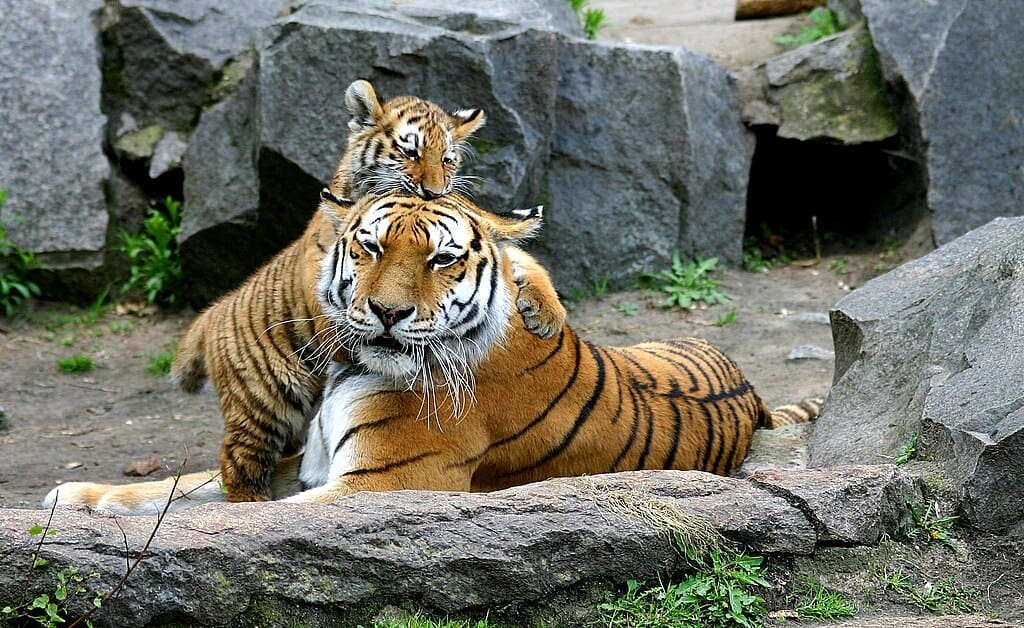
Individuals play a crucial role in big cat conservation. By supporting ethical tourism, refusing to buy products made from endangered animals, and donating to reputable wildlife conservation organizations, everyone can contribute to safeguarding these species. Additionally, raising awareness and advocating for policy changes can amplify conservation efforts.
Educating Future Generations

Education is vital for the sustained protection of big cats. By incorporating wildlife conservation into school curriculums and promoting educational campaigns, we can inspire the next generation of conservationists. Educated youths will carry forward the mission to protect big cats and other endangered species, ensuring their survival for years to come.
A Call to Action
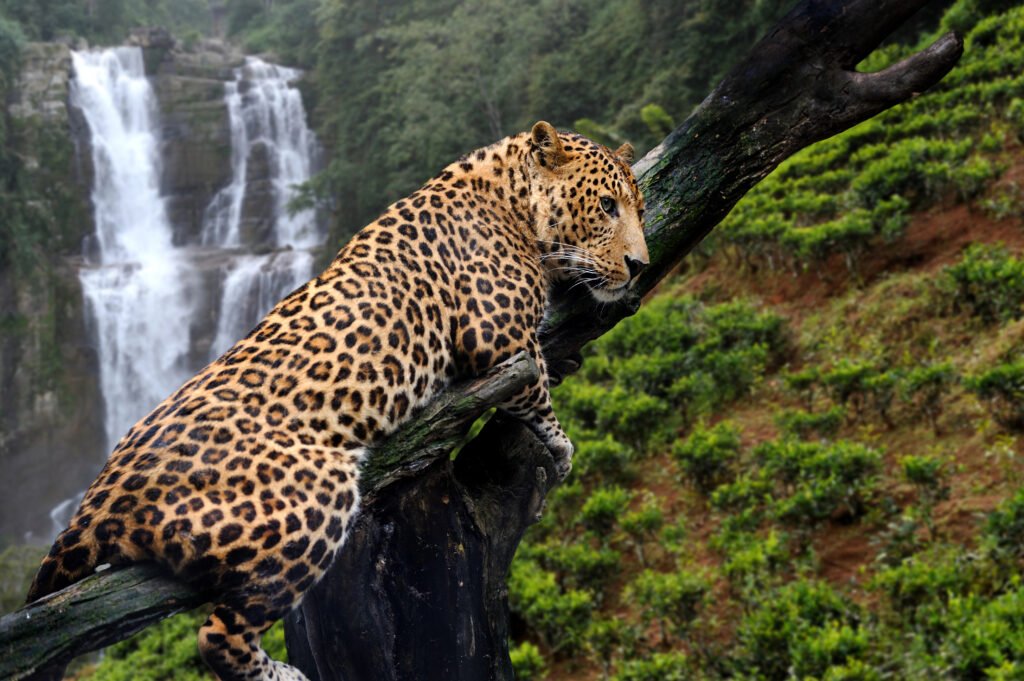
The disappearance of big cats is not just a loss of biodiversity but a cultural and ecological crisis. Understanding the factors leading to their decline and taking action at individual, community, and governmental levels can reverse their fate. With a collective effort, we can ensure that these majestic animals continue to grace our planet, inspiring awe and admiration for generations.







It’s so sad that these big cats are still under threat. The governments and animal welfare in all countries need to ban together and enforce the law. Especially with poachers these disgusting pieces of garbage need to be taken into custody and their dirty money taken to help these animals.
I for one would prefer a much harsher punishment but unfortunately it is against the weak laws we have.